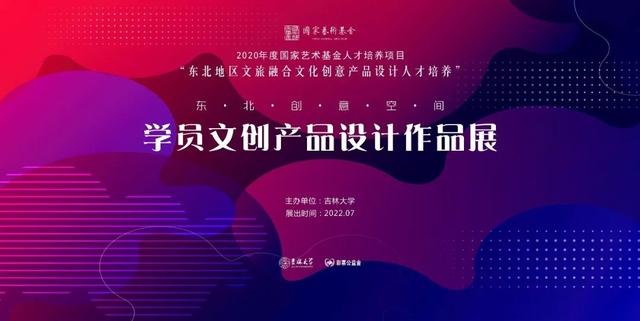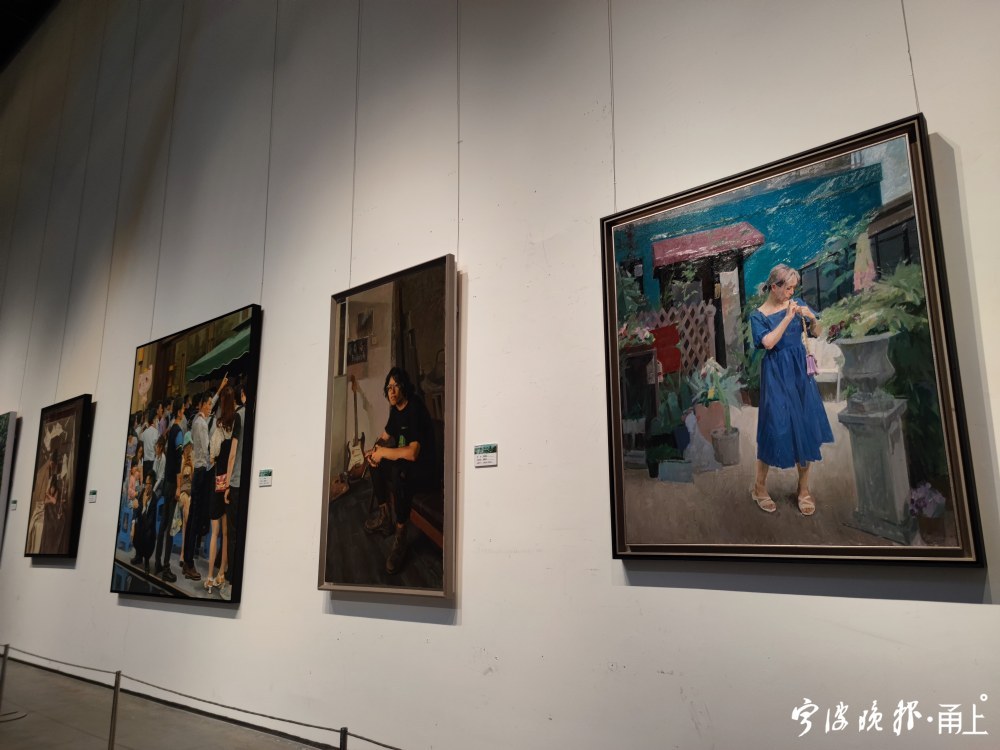Doctor of History Liu Bo Qianwan Bookstore shared "the past and present life of the Silk Road"
Author:Crystal report Time:2022.07.14
In 1973, the 45 -year -old writer Ikeda asked the 84 -year -old British historian Tong Yin Bi Yi's question: "If time can flow backwards, what time do you want to live in history?" Tang Yinbi thought for a moment and said: "I hope to be born in the beginning of the year of AD. There, the ancient Indian civilization, ancient Greek civilization, ancient Persian civilization and ancient Chinese civilization were combined." This place is exactly the ancient Western region of China. Compared with the different natural scenery of the four seasons, the long and splendid historical and cultural heritage of Xinjiang is even more obsessed. A few days ago, the lecture on "Reading Xinjiang: The Silk Road's past and present life" was held in the front eaves bookstore. Liu Bo, a doctor of history, and readers shared her wonderful experience in Xinjiang's trip, and extended the past and present life of the Silk Road.
Liu Bo is a doctor of history and a visiting scholar at the University of London, the University of London, England. He graduated from the Department of History of Sun Yat -sen University in 1999. He is currently an associate professor at the School of Humanities and Social Sciences of Harbin University of Technology (Shenzhen). "Research on Heliu Fine Arts" and other monographs. In July 1991, Liu Bo opened a one -month journey along the ancient Silk Road. It was also the person and event experienced in this journey. After the shocking natural landscape formed by the time and years of precipitation, she determined to study Dunhuang. In 1994, Liu Bo re -examined at Sun Yat -sen University to study Dunhuang Studies. Until the graduation of 1999, she went to Dunhuang for internships every May 1st and Eleven every year. She had further systematic learning and research on the Silk Road.
Who proposed the Silk Road? Liu Bo told the reader that the "Silk Road" could not turn around the two names of Ferdinand von Lee Hochihin and Sven Heping. Li Xifen, a German geography scientist and a pioneer of modern geography, expected to China seven times. In the book "China -My Travel Achievement" published in 1877, his records and words became important information that West understands China at that time. In the book, Li Xipifen first proposed a rare ancient business road from Luoyang to Samalham and named it "Silk Road"; in 1936, his student and Swedish explorer Sven Heping used "Silk The name of the road has been published in the name. Since then, a "Silk Road" has gradually accepted the public and spread quickly.
Which countries and regions do the Silk Road pass? The second century AD came out of the western region, and the farthest was until northern Iran. During the Eastern Han Dynasty, Gan Ying came out of Daqin and passed more than ten countries. Although it could not be directly in contact with Rome, it was the first time that China has reached the East Coast of the Mediterranean Sea (now near Greece) (now near Greece) ; In 344 BC, Alexander led the Macedonian people to the east and hit the Sir River. At this point, two great roads have begun to interact with a complete road. This Silk Road lasted nearly 2000 years. (Daqin Ancient Rome).
In most people's cognition, the Silk Road is a fixed road, but in Liu Bo's explanation, readers have found that the Silk Road is actually a changeable road network. The fixed route and holding a pass, which is the "Passing". Every time you go out, you need to register in the book. During the Han and Tang dynasties, copper coins, food and silk are circulating currencies on the silk road. The value of the Silk Road may not have great research. However, the Silk Road has changed its history, and its opening has promoted the political, economic, and cultural exchanges between the East and the West, especially on the cultural development of China, India and Central Asia. Liu Bo said, "This is because the people walking on the Silk Road sow their respective culture along the road, just like the spice seeds they brought to different places. The artery of art, language and new technical exchanges is the biggest function of the Silk Road. "
Source | Jingbao APP
Reporter: Yu Zihong
Edit: Chen Zhangwei
- END -
Northeast Creative Space Cultural and Creative Product Design Work Exhibition opened on July 6th

From July 6th to 12th, Northeast Creative Space -Student Cultural and Creative Pro...
The exhibition of oil -saving paintings is held in Yongyi, and Xu Jiang, vice chairman of the Chinese Federation of Literature as the Federation: Ningbo is completely conditional to create an oil painting art highland


